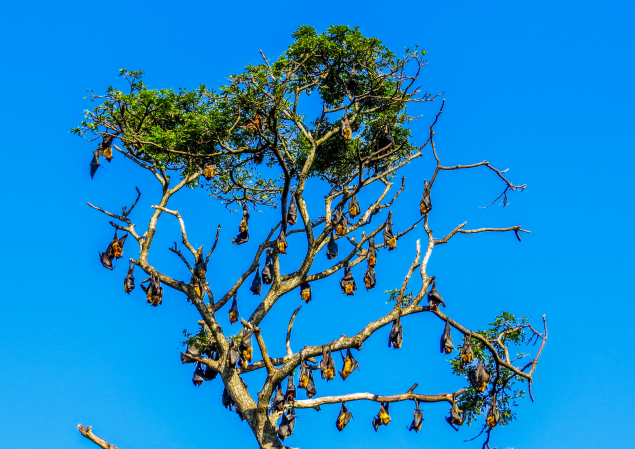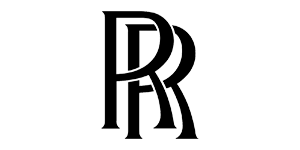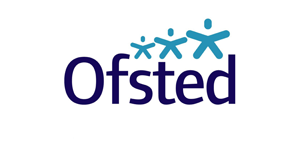Understanding your context- What’s it like to be a bat?

January is behind us already! What’s changed? Have you had time to reflect on your style of coaching, whatever stage you may be in your practice? How should we align ourselves to the new anxieties prevailing as a result of the pandemic? Coaching is likely to mean over a screen for a few months yet; what implications are there?
In pre-pandemic times you can ask questions using your skills in the corridor, over a coffee, waiting for the lift. You cannot do that now; at least you will be behind a mask!
Martin Hill in my coaching supervision session at the British School of Coaching recommended “The Coaching Habit” and “The Advice Trap”, both by Michael Bungay Stanier I agree!
Stanier emphasises the magical progress which can result from returning to the simplest of questions of our coachee, namely “What’s on your mind?”
I have recently followed an interest long-held, but unrealised. I read some philosophy of the mind, albeit at a high level, and with coaching in mind. The combination of this reading and Stanier’s perceptive framework has prompted these few thoughts as starters.
“Minds, Brains and Science” By John Searle, a summation of his Reith lectures back in 1984, and his 2004 book “Mind”, prompted points I felt relevant to the coach’s responsibility when preparing to listen to an individual.
The “mind –body” problem which he analyses in this literature can be simply stated, but is very complex to unravel: “What is the relation of our minds to the rest of the universe?” or, “How does the mind relate to the brain?”
Searle investigates these issues in the lectures, and more specifically in the book, but for the practical purpose of this article they include:-
- “What is it like to be a bat?”
- This provocative question in Searle’s’ book (see below) by referring to an article by Thomas Nagel so entitled hit me… as the context of our coachee is all too easy to gloss over.
- After all, there are few people who do not have a friend, relative, or colleague who has not been knocked at least sideways or worse by the pandemic. The point of the bat question is that although we might know much through neuro- physiology the science of how a bat manages to be so different from us, hanging upside down, sleeping all day, navigating all night, we know nothing about what if feels like to be one. As Searle says, (Mind, p.60) “For any conscious being, there is a what-is-it-like aspect to his existence.”
- My takeaway as a coach right now is the centrality of recognising how little we might know about what it is like for our coachee at the moment, and the sensitivity required, to accommodate that in our approach. How do they feel?
- For example, fairness has emerged as a theme in a new way as people have seen and reflected on the obvious truth that Covid is no respecter of persons and is blatantly unfair in its operation.
- Mark Carney in the December Reith Lectures referenced unfairness in our society https://www.bbc.co.uk/programmes/b00729d9 in connection with the markets and climate change issues, and recent radio discussion featured fairness and the values we place on certain professions, for example carers and how Covid has unearthed that : https://www.bbc.co.uk/sounds/play/m000qwrz4
- Bearing this in mind, (and no doubt many other matters) how has your coachee been doing?
- Neuroscience indicates we are what we give our mind to, and to use Stanier’s example, “When you are thinking of buying a red Mazda, you suddenly start noticing all the red Mazdas on the road.”
- So, for example if they are feeling the unfairness weighing them down, that’s what will be dominating them; it needs to be brought out before any effective progress can be made.
- Covid 19 is shining a sharp, unwelcome light on us all and, I suggest, challenging our perspectives this and is worth reflecting on as a coach.
- Without being intrusive, the open question “ what’s on your mind?” might be a good starter, and all you need, but if it seems not, Stanier’s recommendation to pursue with AWE questions “ And What Else?” is likely to help.
- Finally, the point that Stanier makes at p 82 of “The Coaching Habit” struck me as particularly important; that when the challenge at hand is laid out by your coachee, it is rarely the actual problem, so the importance of following through with the question “What’s the real challenge here for you? “ is multiplied by the considerations highlighted above, and the last two words aim as best you can at unearthing the answer to the “bat” question posed above!
References
The Coaching Habit: Michael Bungay Stanier: Box of Crayons Press 2016
The Advice Trap: Michael Bungay Stanier: Box of Crayons Press 2020
Minds, Brains and Science: John Searle: Penguin Books 1984
Mind – A Brief Introduction: John Searle: Oxford University Press 2004
Martin Mckay-Smith, MBE, Assoc. CIPD
British School of Coaching Alumni






